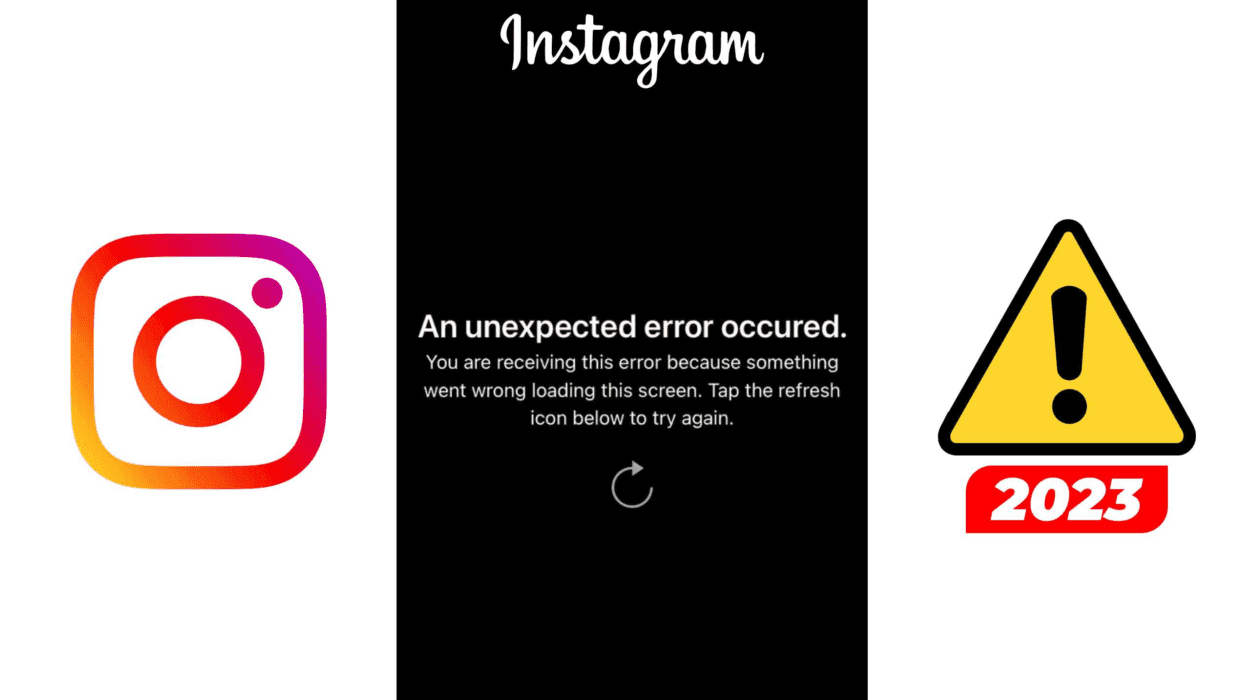In today’s digital age, encountering error messages is an inevitable part of using technology. One of the most common and frustrating errors users face is the infamous “An Unexpected Error Has Occurred.” This vague and often cryptic message can appear in various software applications, websites, operating systems, and electronic devices, leaving users bewildered and seeking solutions. In this article, we delve into the causes behind these errors, strategies for troubleshooting, and tips for minimizing their impact on user experience.
What is “An Unexpected Error Has Occurred”? “An Unexpected Error Has Occurred” is a generic error message displayed by software applications, websites, or devices when an unexpected problem arises during their execution. This message serves as a catch-all for errors that the software developers did not anticipate or specifically account for in their error-handling mechanisms. It indicates that something unexpected and potentially problematic has happened, but it does not provide detailed information about the nature or cause of the error.
Causes of “An Unexpected Error Has Occurred”:
- Software Bugs: Programming errors, also known as bugs, are a common cause of unexpected errors. These bugs can manifest during the development process or emerge later due to unforeseen interactions between different components of the software.
- Environmental Factors: The software’s behavior may be influenced by factors such as hardware configurations, operating system versions, network conditions, or user settings. An unexpected error may occur when the software encounters an environment that differs from what the developers tested or intended.
- Data Issues: Corrupted or invalid data input can trigger unexpected errors, especially in applications that rely heavily on user-generated content or external data sources. Failure to handle such data properly can lead to unpredictable behavior.
- External Dependencies: Software often relies on external services, libraries, or APIs (Application Programming Interfaces) to perform certain tasks. If these dependencies experience issues or undergo changes that the software is not equipped to handle, it can result in unexpected errors.
- Security Issues: In some cases, unexpected errors may be indicative of security vulnerabilities or attempted attacks on the software. Security breaches or malicious activities can disrupt normal operation and trigger error messages.
Strategies for Troubleshooting:
- Check for Updates: Ensure that the software, operating system, and any relevant drivers or plugins are up to date. Developers frequently release updates to address bugs, improve performance, and enhance compatibility.
- Review Error Logs: Many software applications maintain logs that record details about errors and system events. Reviewing these logs can provide valuable insights into the cause of the unexpected error.
- Reproduce the Error: Attempt to recreate the conditions that led to the error. This may involve following specific steps or using particular inputs. By replicating the problem, you can better understand its underlying cause and devise potential solutions.
- Experiment with Different Configurations: If the error appears to be related to environmental factors, such as hardware or software configurations, try altering these settings to see if the problem persists or changes in nature.
- Contact Support: If you’re unable to resolve the issue on your own, reach out to the software’s support team or community forums for assistance. Provide as much information as possible about the error, including any error codes or messages displayed.
Minimizing Impact on User Experience:
- Provide Meaningful Error Messages: Instead of generic messages like “An Unexpected Error Has Occurred,” strive to convey relevant information about the nature of the problem and possible solutions. Clear and descriptive error messages can help users understand what went wrong and how to proceed.
- Implement Robust Error Handling: Developers should anticipate potential errors and implement robust error-handling mechanisms in their software. This includes gracefully handling unexpected situations, providing informative error messages, and logging relevant details for troubleshooting purposes.
- Conduct Comprehensive Testing: Thorough testing during the development process can help identify and address potential issues before they reach end users. This includes functional testing, compatibility testing, and stress testing under various conditions.
- Engage with Users: Foster open communication channels with users to gather feedback, report issues, and address concerns promptly. Engaging with the user community can help identify and prioritize areas for improvement, including the resolution of unexpected errors.
- Continuous Improvement: Software development is an ongoing process, and developers should continuously monitor, evaluate, and improve their products based on user feedback and evolving technological landscapes.
Conclusion: “An Unexpected Error Has Occurred” may be a frustrating and seemingly cryptic message, but it serves as a reminder of the inherent complexities of technology and the challenges of software development. By understanding the potential causes of unexpected errors, employing effective troubleshooting strategies, and prioritizing user experience, developers and users alike can work together to minimize the impact of these errors and create more robust and resilient software systems.







